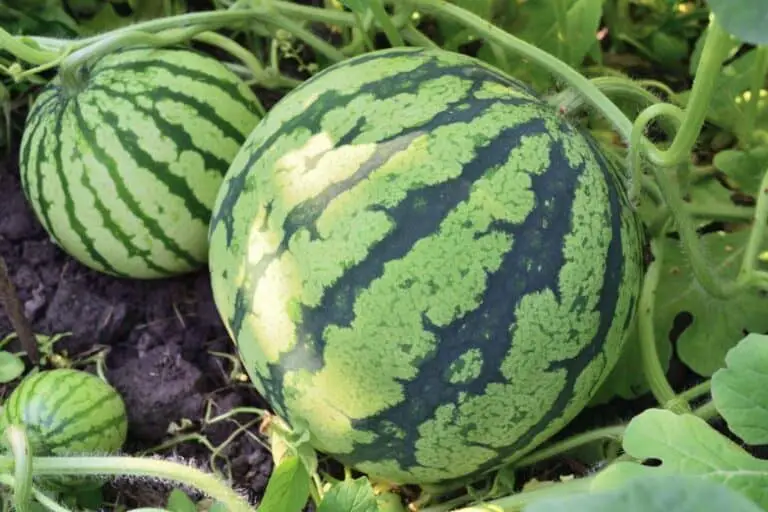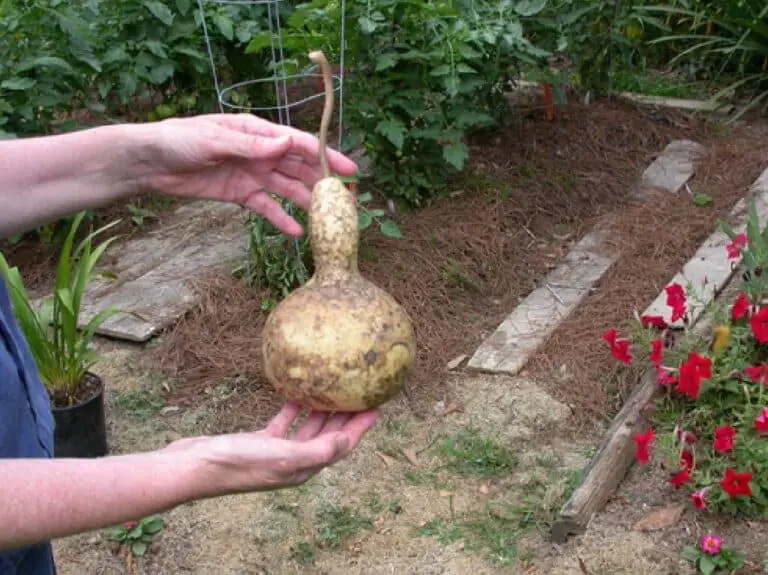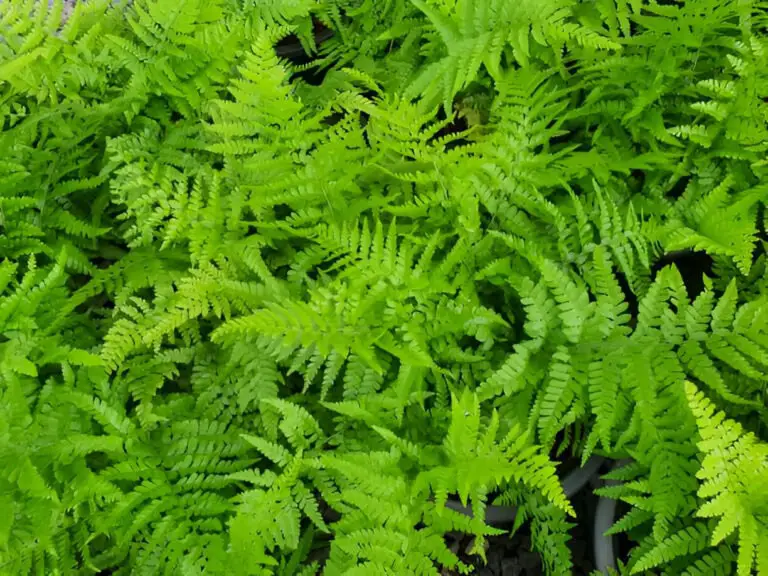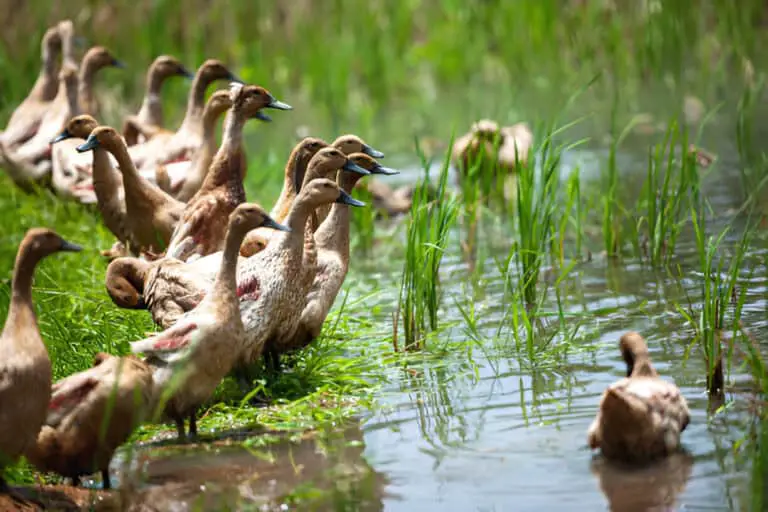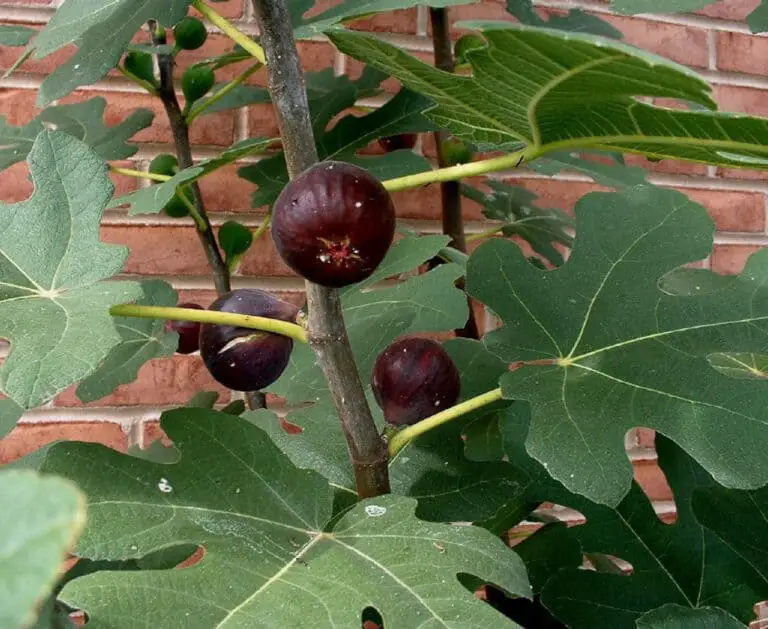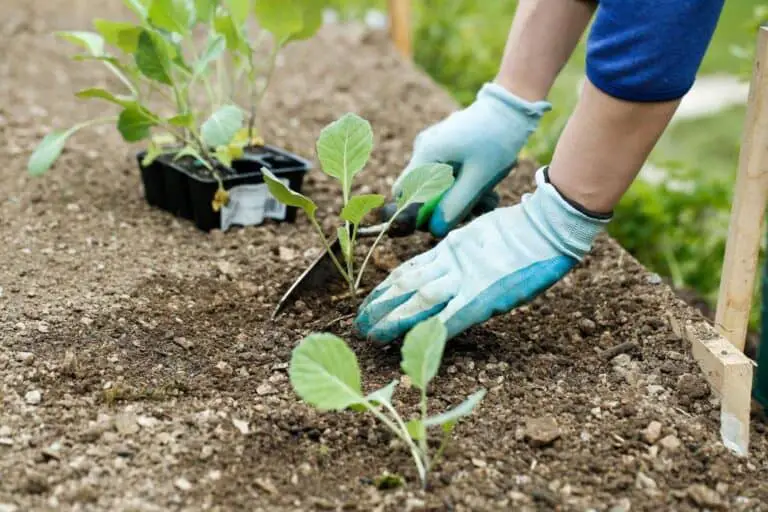Should I Soak Cilantro Seeds Before Planting? Here’s What Happens
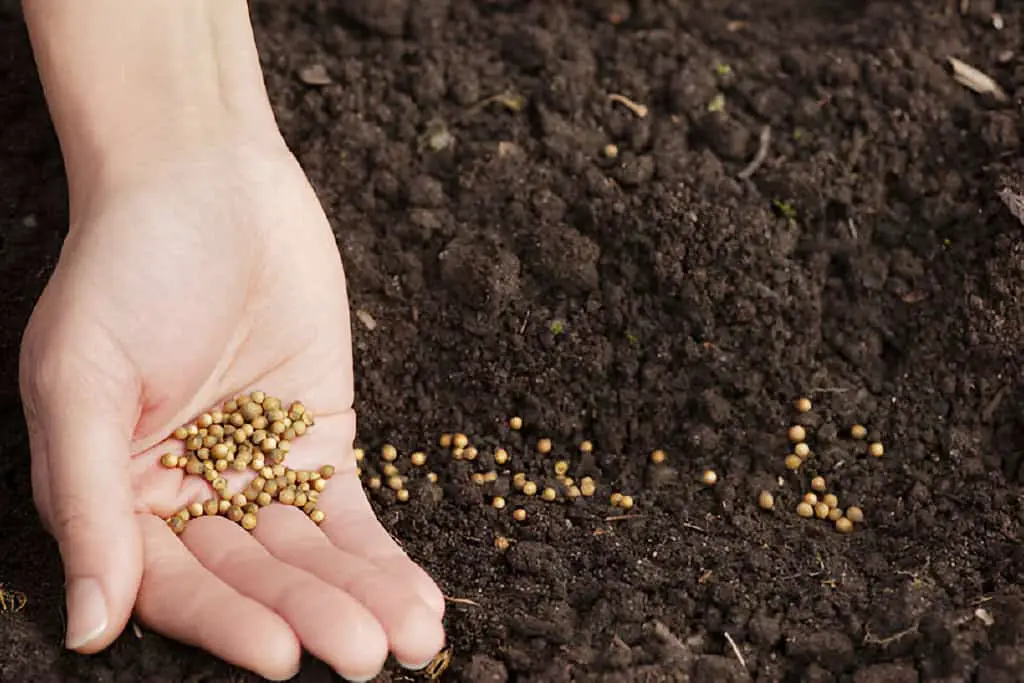
I’ve always loved the smell of fresh cilantro—there’s nothing quite like it. Whether I’m adding it to a batch of homemade salsa or sprinkling it on top of a soup, cilantro brings dishes to life. So naturally, I wanted to grow my own. But before I dove into planting cilantro, I had one burning question: should I soak cilantro seeds before planting?
I had heard that soaking seeds could help them sprout faster, but was that true for cilantro? Let me take you on my gardening journey and break down exactly what happens when you soak cilantro seeds before planting.
The Curious Case of Cilantro Seeds
Cilantro seeds, also known as coriander seeds, have always intrigued me. They look like tiny brown beads, and if you’ve ever held one, you’ll know it feels almost too solid to break open on its own. The outer shell of cilantro seeds is tough, which made me wonder if soaking could soften that casing and help the seeds germinate faster.
The question kept nagging me—would soaking these seeds be the equivalent of giving them a head start, like jumpstarting a car on a cold morning? Or would it just be an unnecessary step that would lead to soggy seeds and disappointment? So, I decided to experiment.
Why Soak Cilantro Seeds?

When you plant cilantro seeds straight into the soil, they take their time to germinate. The tough outer shell needs to break open, allowing moisture to reach the embryo inside. Soaking seeds helps speed up this process by softening the shell and kickstarting germination. I think of it like a pre-wake-up stretch—soaking prepares the seeds to break free and start growing.
Here’s why soaking cilantro seeds can be beneficial:
- Faster germination: By soaking the seeds, you help nature along, reducing the time it takes for them to sprout.
- More uniform growth: Soaking helps your cilantro plants grow more uniformly. They will all emerge at the same time. Otherwise, some will lag behind like uninvited party guests.
- Stronger plants: Seeds that germinate faster often result in more robust plants, as they’re not playing catch-up with their peers.
The Science of Soaking
So, what happens when you soak cilantro seeds? It’s all about hydration. The outer layer of the cilantro seed is hard, and soaking helps break down this shell, allowing water to penetrate the seed faster. Think of the seed shell as a locked door. Soaking the seeds is like giving them the key to open the door and start growing.
The water triggers the first stage of germination, called imbibition. The seed swells and activates growth enzymes. Without soaking, the seeds rely on moisture from the soil, which can take longer, especially in dry conditions.
Soaking allows the seeds to absorb water more quickly, helping them jumpstart the germination process.
| Related: When to Plant Cilantro in Indiana? |
The Soaking Process
When I first tried soaking cilantro seeds, I kept it simple. I didn’t want to overcomplicate things. Here’s what I did:
- Gather Cilantro Seeds: I started with fresh coriander seeds. Older seeds can still work, but fresh ones tend to germinate better.
- Crack the Seeds Open: Cilantro seeds actually consist of two seeds encased in a single shell. I gently rolled the seeds between my fingers to crack the outer shell. This step ensures better water absorption during soaking.
- Soak the Seeds: I filled a bowl with room temperature water and added the cracked seeds, letting them soak for about 12 to 24 hours. You don’t want to exceed 24 hours because the seeds can become waterlogged and might start to rot.
- Drain and Plant: After soaking, I drained the water and planted the seeds directly into the soil.
Table: Cilantro Seed Soaking Guide
| Step | Description |
| Gather Seeds | Use fresh coriander seeds |
| Crack the Seeds | Gently roll seeds between fingers to crack them |
| Soak in Water | Soak for 12-24 hours |
| Drain and Plant | Drain water and plant in moist soil immediately |
The Benefits: What I Noticed
After soaking my cilantro seeds, I noticed several positive changes. First, the germination time sped up. Instead of waiting 14 to 21 days for the seeds to sprout, I saw little green shoots peeking out of the soil in just 7 to 10 days. It felt like magic—like I had unlocked some secret gardening hack. The plants were also more uniform in size and growth, which made my herb garden look neater and more organized.
But the real kicker was the overall health of the plants. The soaked seeds seemed to produce stronger, more resilient cilantro plants. They grew tall and lush, with vibrant green leaves that smelled divine. I couldn’t have been happier with the results.
Why Skip Soaking?
While soaking cilantro seeds worked wonders for me, I get that it’s not for everyone. Maybe you’re short on time, or maybe you live in a climate where the soil stays moist and warm, creating ideal germination conditions. If that’s the case, you can absolutely skip the soaking process and plant the seeds directly in the ground.
Here’s why you might skip soaking:
- Convenience: Skipping the soak saves you time and effort, especially if you have good soil conditions.
- Natural Moisture: In naturally moist environments, the seeds will absorb enough water from the soil over time.
- Patience: If you’re not in a hurry, you can let the seeds germinate at their own pace.
Table: To Soak or Not to Soak?
| Soaking Pros | Soaking Cons |
| Faster germination | Requires extra prep time |
| More uniform sprouting | Risk of over-soaking and rotting |
| Healthier plants | Extra step in the planting process |
| Read: Can You Really Grow Cilantro from Store-Bought Cuttings? |
Troubleshooting Cilantro Germination
Even with soaking, things don’t always go perfectly. If your seeds aren’t sprouting as quickly as you’d like, or if they’re growing weakly, there are a few factors to consider. Cilantro can be a bit fussy about temperature.
If it’s too hot, cilantro tends to bolt, meaning it will flower and set seed instead of focusing on leafy growth. If it’s too cold, the seeds may struggle to germinate at all.
Here’s a quick troubleshooting guide:
- Seeds not sprouting: Make sure the soil is consistently moist but not waterlogged. Cilantro seeds need a delicate balance of moisture to germinate.
- Slow growth: Cilantro thrives in cooler weather. If it’s too hot, your plants might struggle. Try to plant cilantro in the early spring or fall for the best results.
- Bolting: If your cilantro starts to flower prematurely, cut off the flowers to encourage more leaf growth. You can also try to plant cilantro in a shadier spot to avoid overheating.
Comparison of Germination Times
Here’s a comparison of my experience with soaked versus unsoaked cilantro seeds:
| Germination Method | Germination Time | Plant Strength |
| Soaked Seeds | 7-10 days | Strong and healthy |
| Unsoaked Seeds | 14-21 days | Weaker and uneven |
| Read: Do You Soak Grass Seeds before Planting? |
The Verdict: To Soak or Not to Soak?
So, should you soak cilantro seeds before planting? In my experience, the benefits far outweigh the extra effort. Soaking speeds up germination, ensures even growth, and yields healthier plants. If you’re looking for a head start on your cilantro harvest, I’d say soaking the seeds is well worth the time.
That said, if you’re more of a “let nature take its course” kind of gardener, cilantro seeds will still sprout eventually, even without soaking. You might just have to be a bit more patient and give them some extra love and care along the way.
For me, though, I’ll continue to soak my cilantro seeds. It’s like giving them a little pep talk before they head out into the big, wide world of my garden. And who doesn’t need a pep talk every now and then?
Final Thoughts
Cilantro can be a bit temperamental, but with a little extra effort, you can set yourself up for success. Soaking the seeds before planting is a simple step that can lead to faster, more uniform growth, and healthier plants. Whether you’re a seasoned gardener or a newbie looking to try your hand at growing herbs, give soaking a shot. You might just be surprised at the difference it makes.
And trust me—there’s nothing quite like the satisfaction of snipping fresh cilantro leaves from your own garden to sprinkle on top of a dish. Happy planting!

